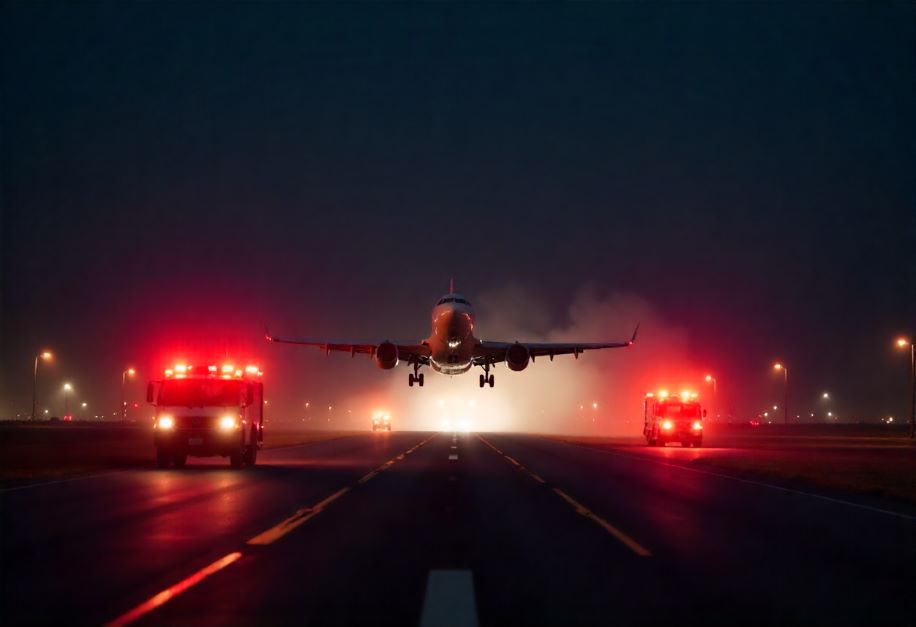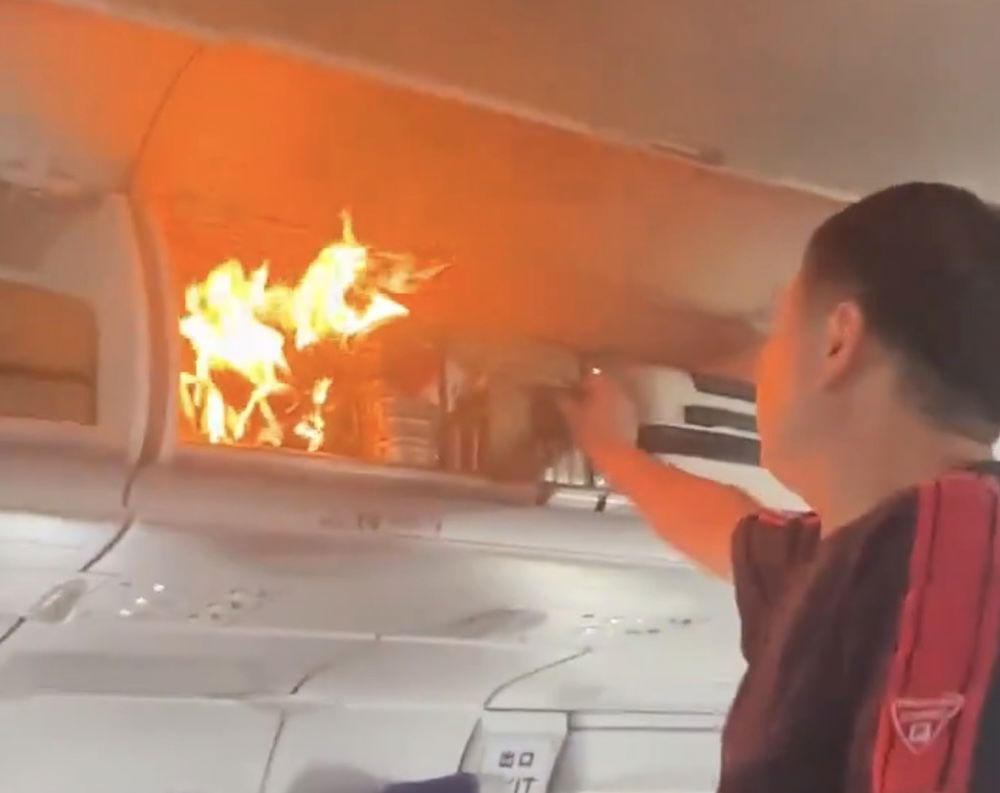Fire in the Sky: How a Lithium Battery Threatened an Air China Flight!

Can you imagine a routine flight turning into a life-threatening situation at 30,000 feet? That’s exactly what happened on October 18, 2025, when Air China Flight CA139 was forced to make an emergency landing due to a lithium-ion battery fire in the overhead compartment!
Flight CA139, an Airbus A321-232, was on its way from Hangzhou Xiaoshan International Airport to Seoul Incheon International Airport when disaster struck just 40 minutes into the flight. A lithium-ion battery, tucked away in a passenger's carry-on luggage, unexpectedly ignited, creating chaos in the airplane's cabin.
At 11:30 AM local time, the crew swiftly implemented emergency protocols, diverting the flight to Shanghai Pudong International Airport. This major hub became a lifeline as the plane landed safely, but not without a tense atmosphere filled with smoke and anxiety.
Thanks to the flight crew’s quick thinking and adherence to emergency procedures, the fire was contained before it could escalate. Emergency services were immediately deployed upon landing, extinguishing the flames and ensuring all 142 passengers and crew members were unharmed. It was a close call, but thanks to their diligence, everyone walked away safely!
The cause of the fire? A malfunction in a lithium-ion battery – those little powerhouses that fuel our laptops and smartphones. While generally safe, these batteries can be a fire hazard in enclosed spaces like airplanes, especially if they overheat or are defective. This incident sheds light on the pressing dangers associated with lithium-ion batteries, and it’s a stark reminder for all travelers.
The decision to land in Shanghai was absolutely necessary. Lithium-ion battery fires are notoriously difficult to extinguish and can spread rapidly. With the flames in the overhead compartment, the crew had to act swiftly to ensure safety.
The incident has raised alarms not only for passengers but also within the aviation industry. Authorities like the Civil Aviation Administration of China (CAAC) have been discussing the need for stricter regulations on transporting these batteries, particularly in carry-on luggage. Airlines are now being urged to implement even more rigorous screening and storage solutions.
In response to the emergency, Air China is reviewing its protocols for handling hazardous materials. The airline is committed to passenger safety and is working closely with regulators to prevent future incidents.
While the fire aboard Flight CA139 could have led to a disaster, the professionalism of the crew and the immediate action of emergency services transformed a potentially tragic outcome into a story of survival. As the investigation unfolds, the aviation industry must continue to grapple with the risks of modern technology in the skies.

























